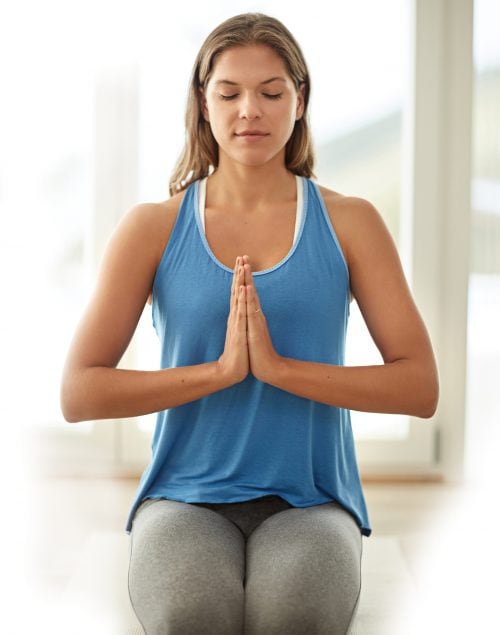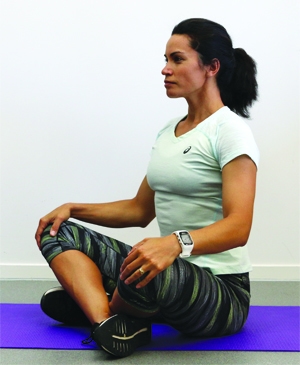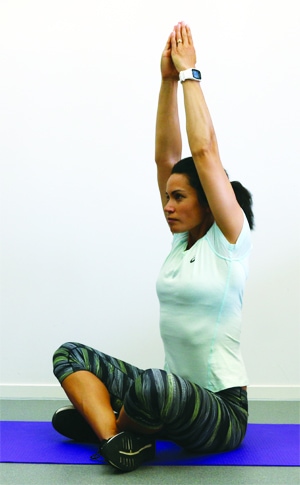
Fitness expert Sarah Cowley shows how to pick the right exercise to suit your lifestyle.
With all the information available on exercise, it can be confusing trying to figure out what sort of physical activity you should do. To avoid stress, and make sure you include exercise in your life, consider the following factors.
Time
When I’m time poor, I chose anaerobic or intermittent exercise (high intensity, short duration) which has great metabolic benefits, gets my heart pumping and I feel like I get more bang for my buck. This might be a circuit or some intervals on the bike, which keeps my metabolic rate up for a chunk of time post exercise.
How you are feeling right now
Often we have the greatest intentions to go hard out, but it might just be a day when you’re not at your best. Check in with yourself and if you need to adjust your planned activity, it’s wise to do so. On a day when I’m not feeling 100 per cent, I prefer to do a flexibility session (eg, yoga) or a low-intensity aerobic session, such as a nice walk to speed my recovery and get me back on track and off the couch.
What your fitness goals are
For example, if you want to build muscle or strength, resistance training is the best option with the right exercises and repetitions selected for you. Strength gains can be made at any stage in your life and have enormous benefits for health and well-being.
If you are training for a particular event
Make your exercise choice specific to your event. If your goal is to walk or run 10km in six months’ time, you need to include exercise that will build up to your fitness goal. In this instance, you could include aerobic and some fartlek training (when you mix up the terrain and pace of your session).
We need to think of exercise positively for all the incredible benefits it can help our body and mind achieve. There is a lot of variety on offer, and it’s important you find what works best for you and your lifestyle.
Steeple stretch
A great active stretch for your spine and shoulder girdles.

1. Starting position: With crossed legs, sit tall, trying to extend through the crown of your head. Relax your shoulders down, and make sure you are not leaning backwards or forwards. Engage your lower abdominals by slightly drawing in your belly button to your spine, while maintaining a normal breathing pattern.

2. With palms together in a prayer position, extend your arms over your head, or as high as possible, maintaining an upright posture. If you cannot manage straight arms initially, the more you do the stretch, the more your range will increase. Your head position should be in neutral, so check that your neck is not extended forward. Your hands should be directly over your head as your arms cover your ears and extended directly upwards (like a steeple). You will feel a great stretch in your back and, in particular, thoracic spine. Anyone who spends a lot of time at a computer is encouraged to do this stretch regularly. Hold this position for 30 seconds (or build up to 30 seconds as a start).
www.healthyfood.com










